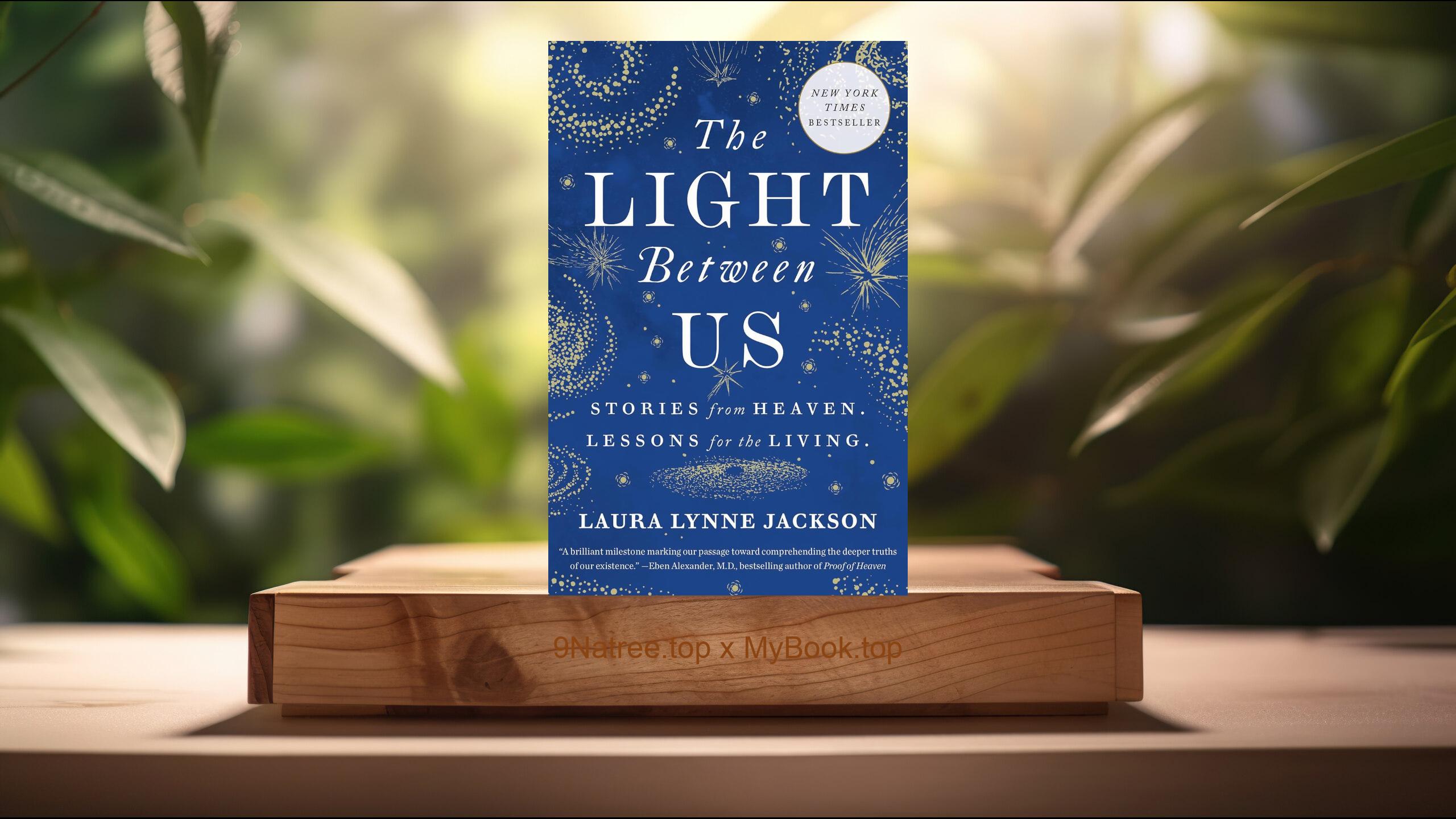Show Notes
- Amazon USA Store: https://www.amazon.com/dp/1583949763?tag=9natree-20
- Amazon Worldwide Store: https://global.buys.trade/The-Wild-Edge-of-Sorrow-Francis-Weller.html
- Apple Books: https://books.apple.com/us/audiobook/the-wild-edge-of-sorrow-rituals-of-renewal/id1418548111?itsct=books_box_link&itscg=30200&ls=1&at=1001l3bAw&ct=9natree
- eBay: https://www.ebay.com/sch/i.html?_nkw=The+Wild+Edge+of+Sorrow+Francis+Weller+&mkcid=1&mkrid=711-53200-19255-0&siteid=0&campid=5339060787&customid=9natree&toolid=10001&mkevt=1
- Read more: https://mybook.top/read/1583949763/
#GrievingProcess #HealingRituals #CommunityandGrief #EmotionalTransformation #ResiliencethroughLoss #TheWildEdgeofSorrow
These are takeaways from this book.
Firstly, The Five Gates of Grief, Francis Weller introduces the concept of the 'Five Gates of Grief,' a framework that broadens our understanding of grief beyond the conventional association with death or loss of a loved one. These gates include everything from the expected loss of someone close to us, to the more subtle forms of grief that arise from living in a culture that often marginalizes connection, deep emotion, and the acknowledgment of the vast array of losses we experience on a personal and communal level. The five gates are: the loss of someone we love, the parts of ourselves we deny or suppress, the sorrows of the world, what we expected and did not receive, and ancestral grief. This comprehensive approach invites readers to consider and mourn the losses that have shaped their lives, encouraging a richer, more compassionate internal landscape.
Secondly, The Role of Ritual in Grieving, Weller emphasizes the importance of ritual in the grieving process, highlighting how traditional societies have always understood the necessity of marking loss with communal ceremonies and rituals. He provides both historical and cultural context for these practices, demonstrating how they can offer validation and healing in the face of sorrow. The author also offers guidance on creating personal and collective rituals that honor our grief, allow for expression, and facilitate psychological and emotional healing. By engaging in ritual, individuals and communities acknowledge the pain of loss while also weaving it into the larger tapestry of life, thereby restoring a sense of connection and belonging that is often severed in the wake of grief.
Thirdly, The Necessity of Mourning, Weller argues that mourning is an essential process not only for the health of the individual but for the wellbeing of the entire community. He dismantles the contemporary cultural taboos around expressing sorrow and highlights the dangers of unexpressed grief, which can manifest as depression, anxiety, physical illness, and a pervasive sense of alienation. Through personal stories, psychological insights, and examples from his practice, Weller demonstrates how mourning can transform grief into a source of strength and renewal. He shows how openly expressing and sharing our sorrows can dismantle isolation and foster a deep sense of community and mutual support, healing the fragmented sense of self and society.
Fourthly, Grief as a Path to Wholeness, In this section, Weller presents grief as a potent vehicle for personal growth and transformation. He delves into how the honest confrontation with our sorrow and loss can catalyze a profound journey towards wholeness and integration. By fully experiencing and embracing the depth of our grief, we have the opportunity to encounter the full range of our humanity, thereby cultivating a deeper empathy for ourselves and others. Weller explores how this process opens up spaces within us for new insights, creativity, and a more profound connection to the world. This paradigm shift challenges the reader to view grief not as an enemy to be feared but as a wise teacher and guide towards liveliness and renewal.
Lastly, Building Resilient Communities Through Shared Grief, In the final section of the book, Weller advocates for the cultivation of communities that can hold and process grief collectively. He underscores the importance of creating spaces where people can come together to share their stories of loss and sorrow, which in turn fosters a robust communal fabric capable of supporting its members through the inevitabilities of life's hardships. Weller suggests practical ways individuals and communities can come together to witness each other's grief, thereby breaking down the walls of isolation and individualism that pervade modern society. By investing in these shared practices, we not only heal our collective wounds but also build resilience against the challenges yet to come, reinforcing the idea that we are all interconnected in our sorrows and our joys.
![[Review] The Wild Edge of Sorrow (Francis Weller) Summarized](https://episodes.castos.com/660078c6833215-59505987/images/2235312/c1a-085k3-z3pn7952idkq-yzgaxu.jpg)




